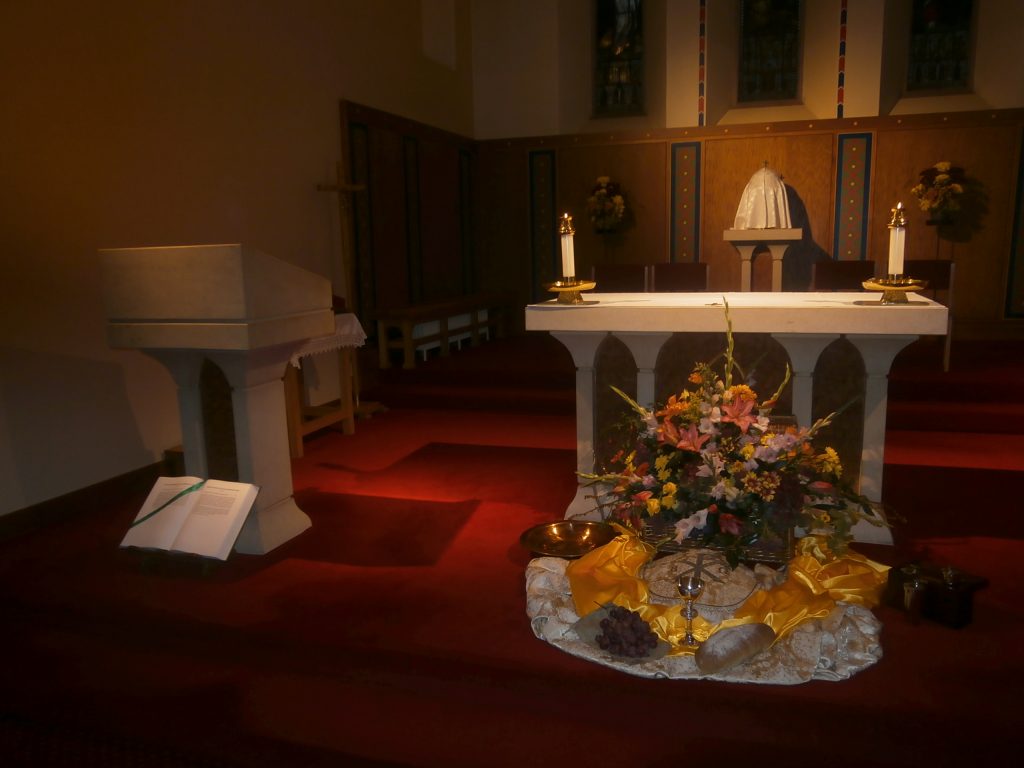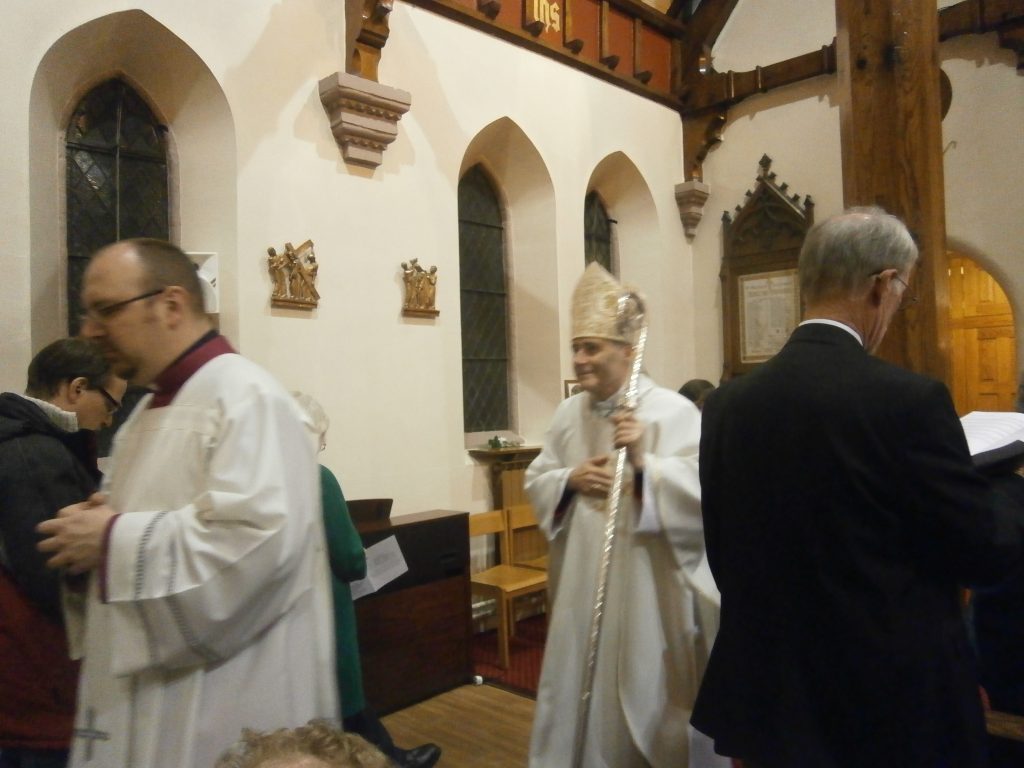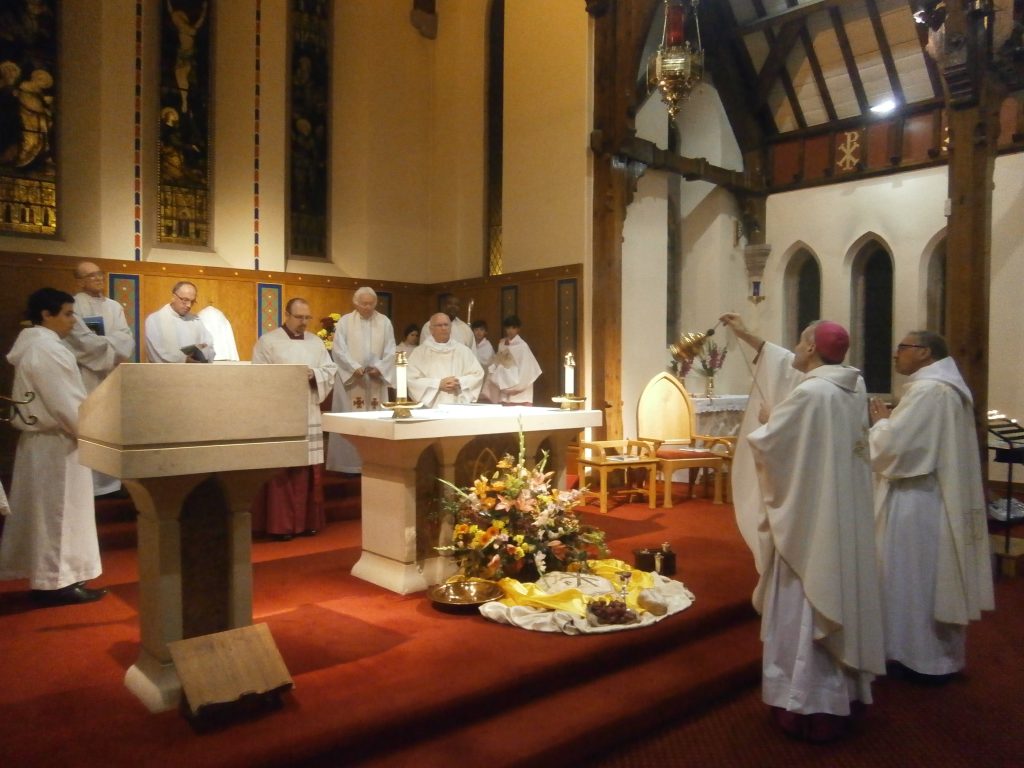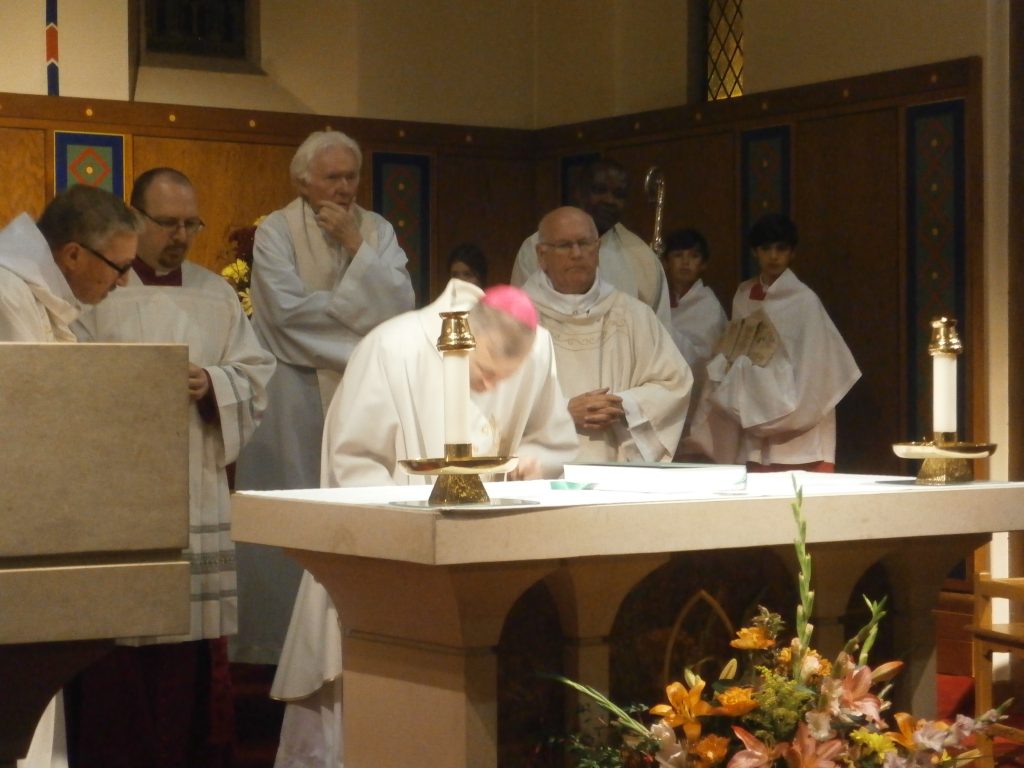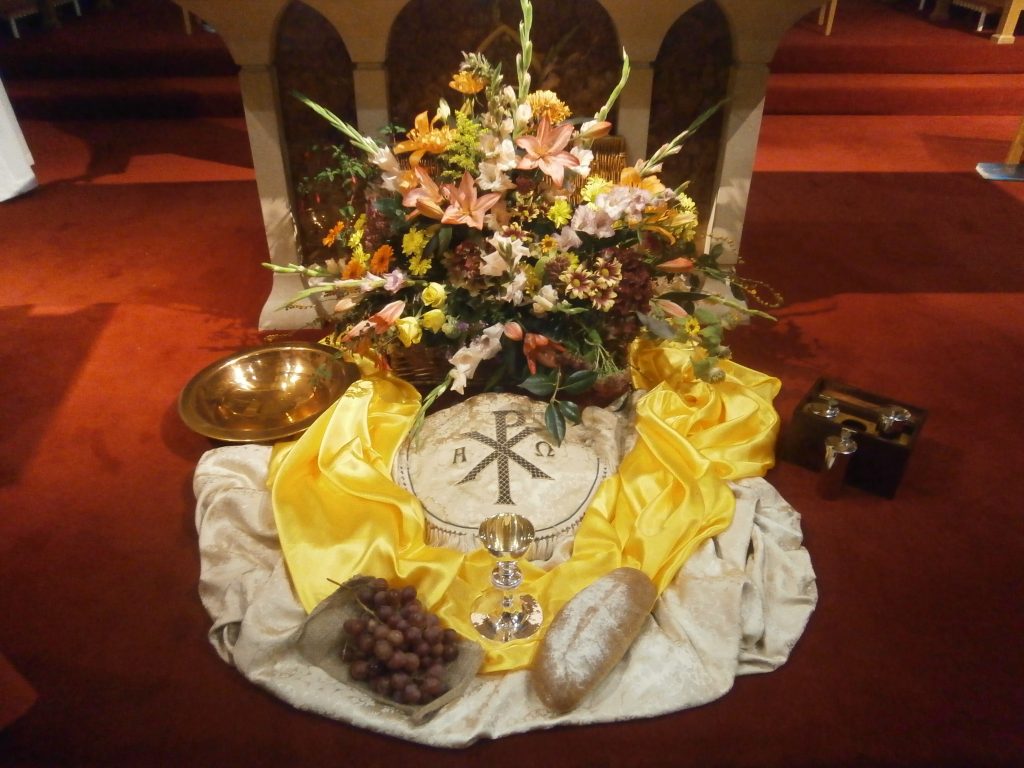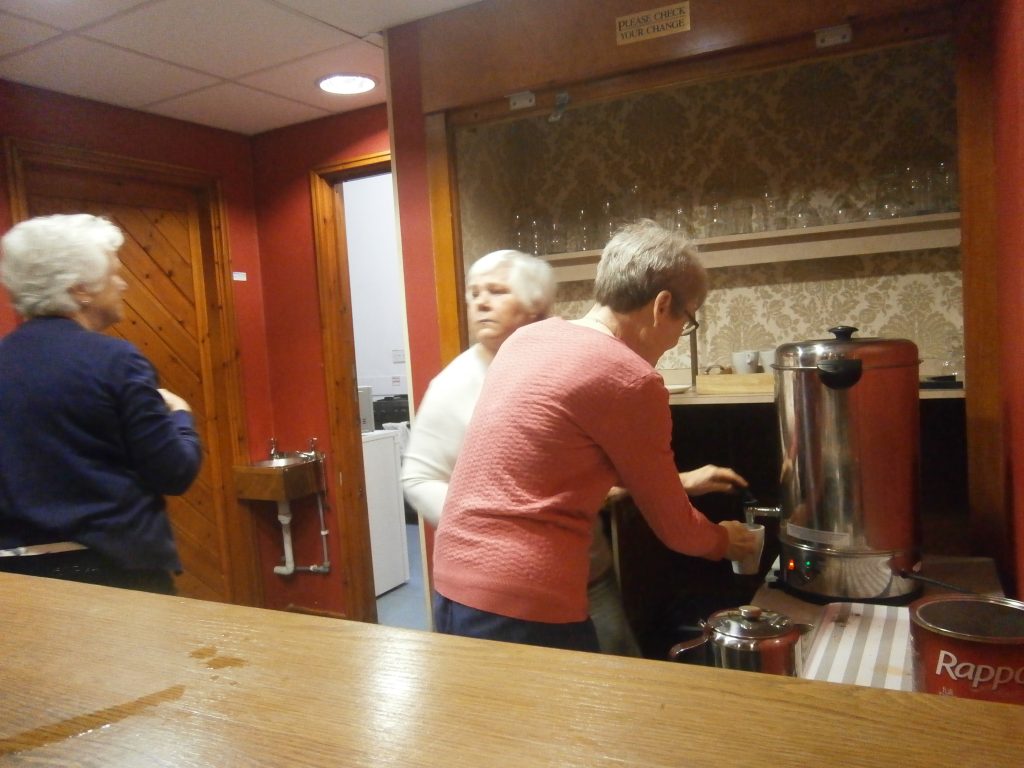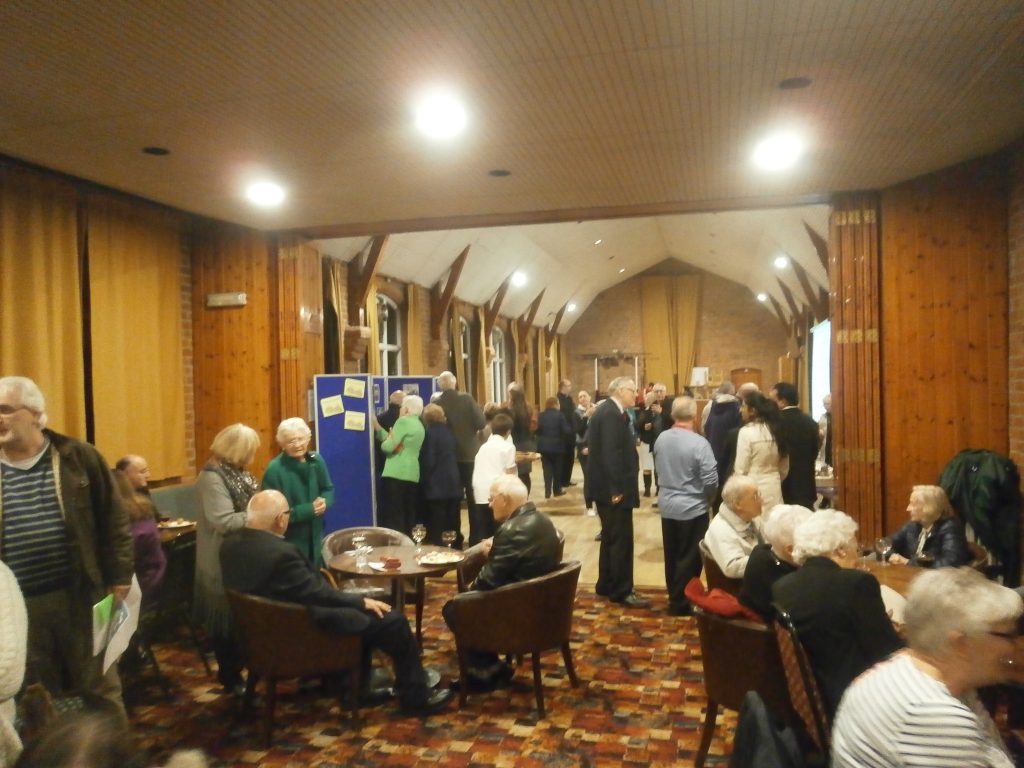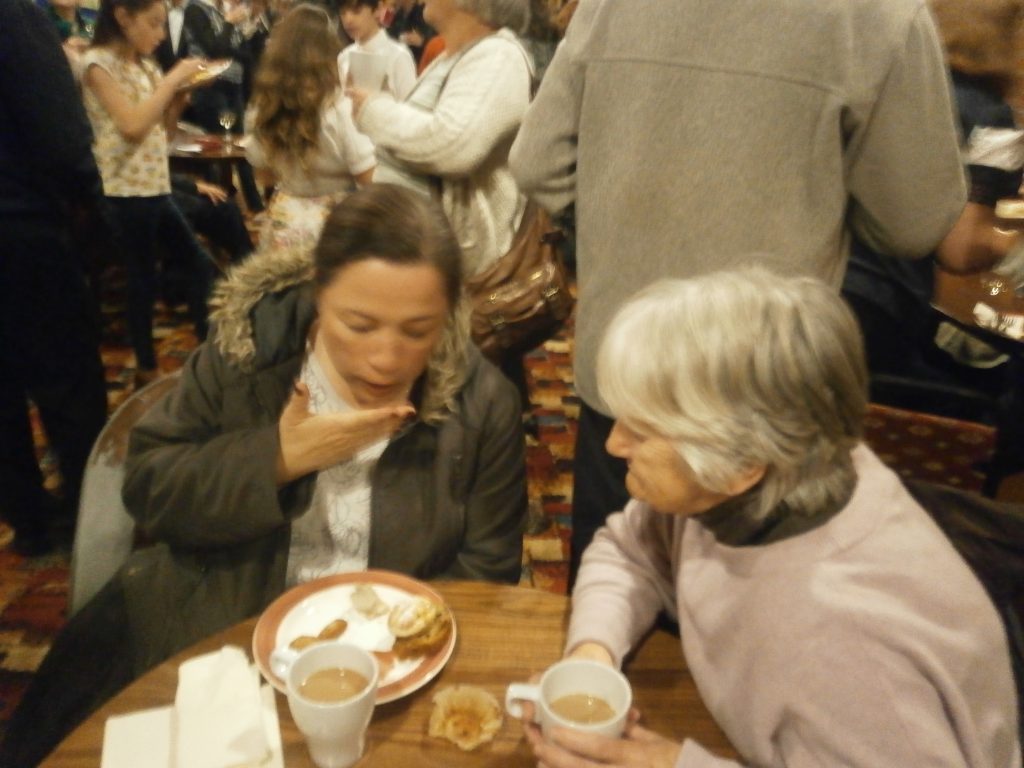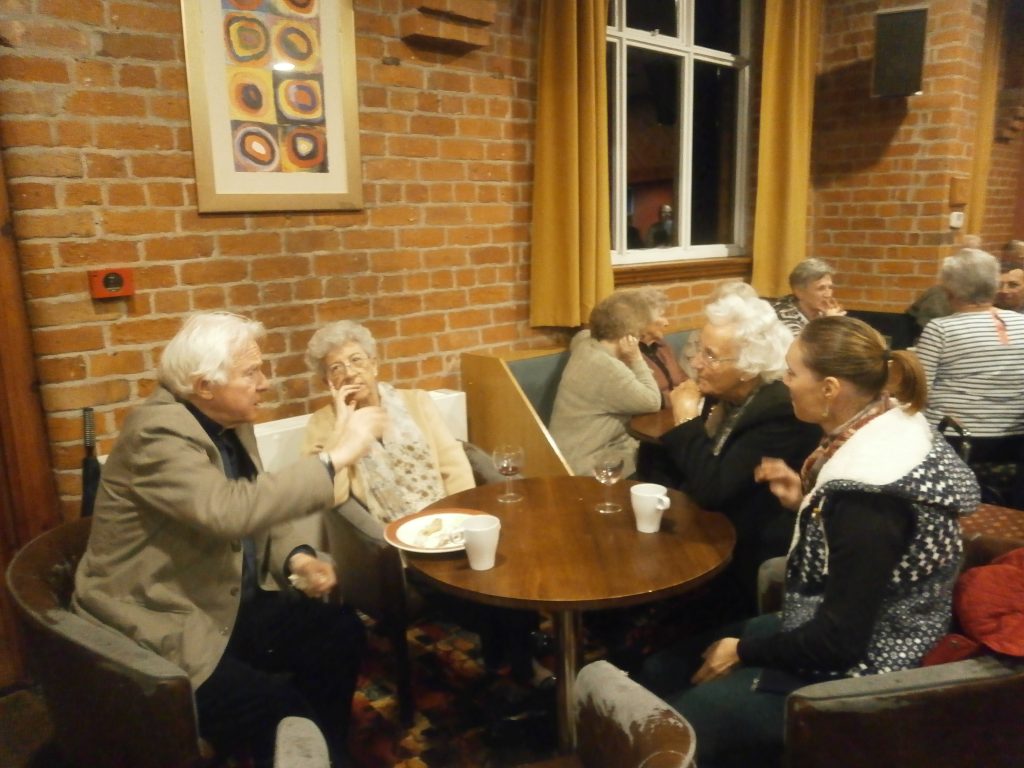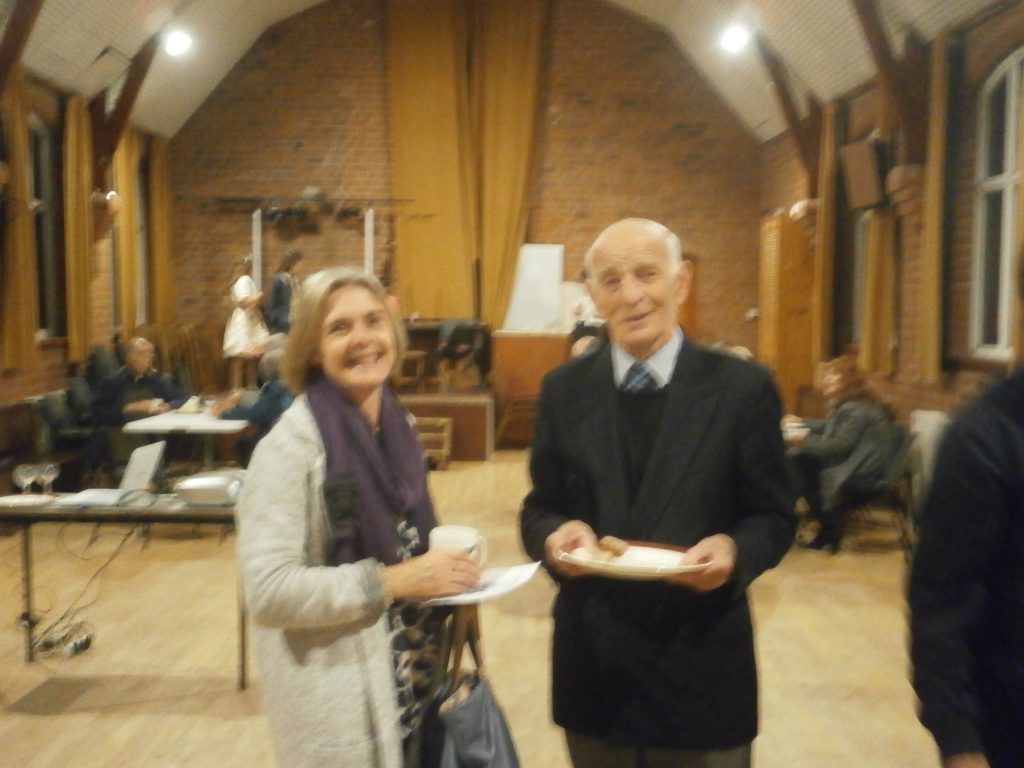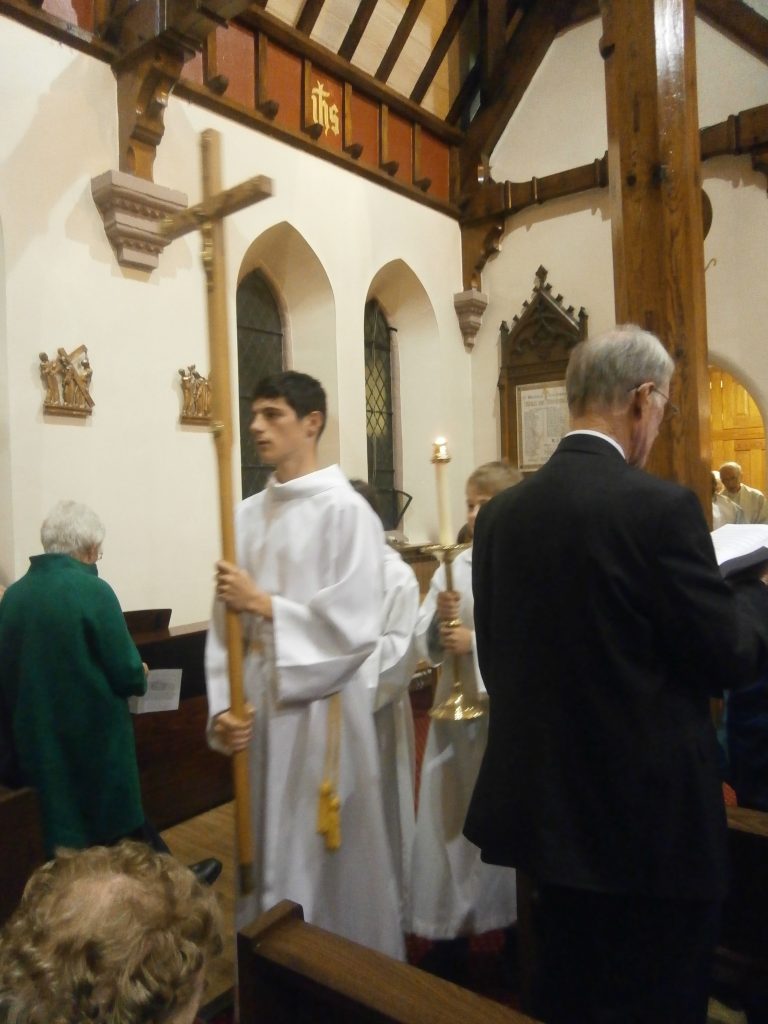The 150th Anniversary of St Wilfrid’s Church
October 14th 2016, the feast of St Wilfrid, saw the Northwich church dedicated to him, filled for the 150th anniversary of its Solemn Opening. Bishop Mark led the celebration, which was the culmination of a series of significant anniversaries for both schools and churches.
In 1830 it is recorded that Northwich had a Mass centre. In the 1840s Mass was celebrated monthly by a visiting priest with a congregation of about 30 Catholics. Due to the potato famine and the influx of Irish this number rapidly exceeded 1600. Increasingly larger premises were used until in 1854 a chapel was purchased in Cross Street. Mainly due to the energetic campaigning and fundraising of Fr Joseph Fennelly land was purchased in Witton Street in 1864. There quickly followed the laying of the foundation stone, unusually not by the Bishop who was at that time in France, but by Canon Frith of Stockport. The opening of both church and school swiftly followed.
The architecture of the church, like many of the buildings in Northwich, and so much of its history, has been influenced by the exploitation of its salt. Northwich is the most northern of the “wich” or salt towns of Cheshire and the first references to it are during Roman times when the town, then known as Condate, was noted both for its salt and for its strategic river crossing. In the 1800s the mining of salt had become uneconomic and instead hot water was pumped through the mines in a process called wild brine pumping. However, many mines collapsed and widespread subsidence occurred. This accounts for many old timber-framed houses in the town centre, which were better able to withstand the movement of the ground. In order to avoid any irretrievable damage the church, a simple brick structure, in the modified early English style of Gothic architecture, was designed with no stone columns or arches. Instead there are wooden columns, forming part of the framing of the roof, between which spring arches filled in with wood framing – in the manner of the ancient half-timbered work – and plastered between. Should the brine, which was proving so destructive in the town, get under the foundation, the building could be restored without much trouble – fortunately such restoration has never been needed.
The presence of salt also led to the development of the chemical industry. Over time more and more workers were attracted to the area. The growth in the Catholic population saw the opening of the church of St Bede’s in Weaverham in 1950 with its own school, and Our Lady of Fatima in Barnton in 1953. Polish and eastern European who had arrived as refugees in the 1940’s eventually saw the opening of the church of Our Lady of Czestochowa in Northwich in 1963. The opening of St Nicholas school in 1965 meant it celebrated its fiftieth anniversary last year. St Wilfrid’s primary school moved to its present site in 1972 and the vacated premises were refurbished to provide a parish centre.
The latest changes in 2013 reunited the churches of St Bede, Our Lady of Fatima and St Wilfrid as the parish of St John Vianney. It was was both as a church community and as a parish that we celebrated the 150th anniversary of St Wilfrid’s.
Mrs Kathleen Hunt (Parishioner)

